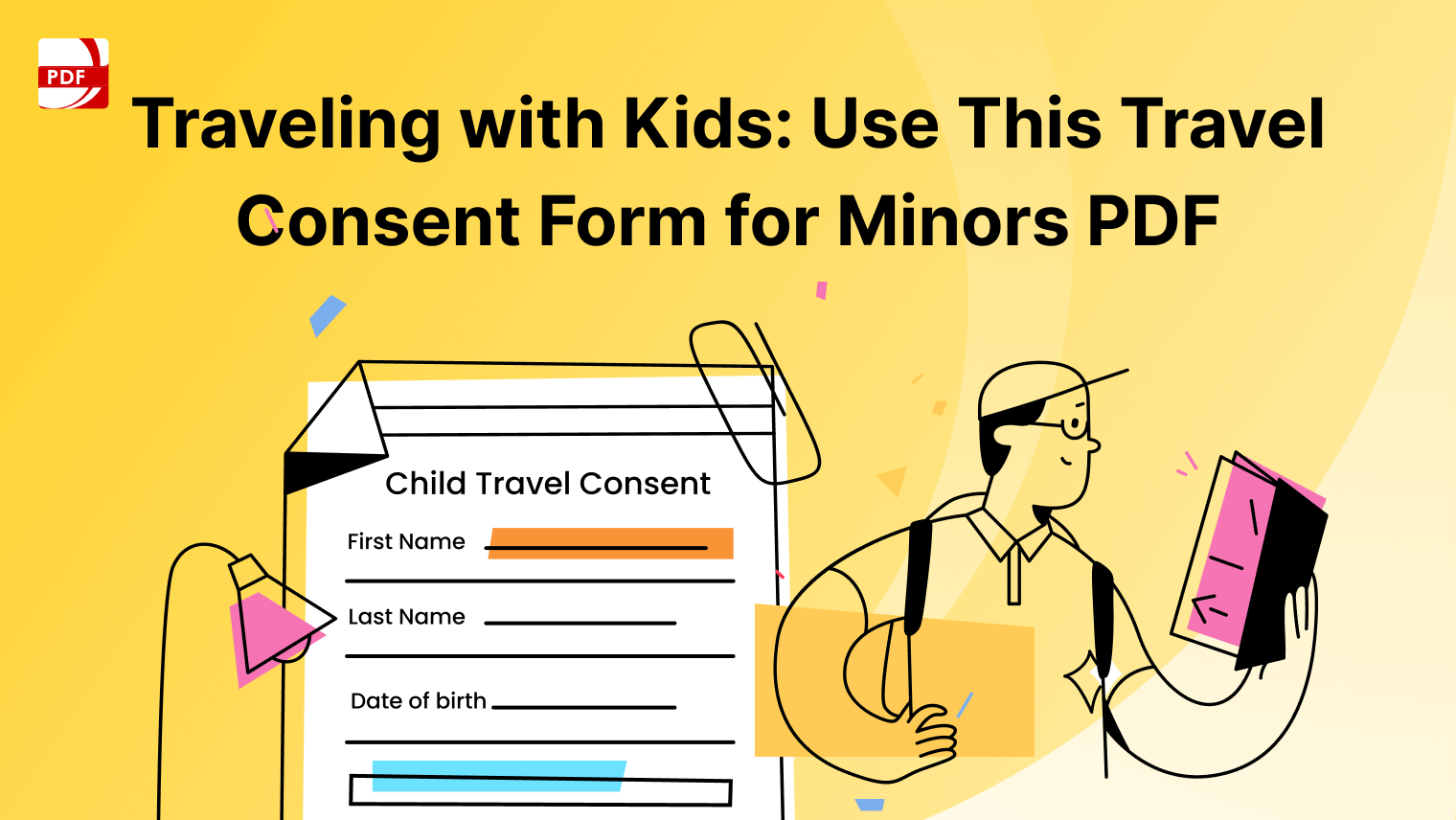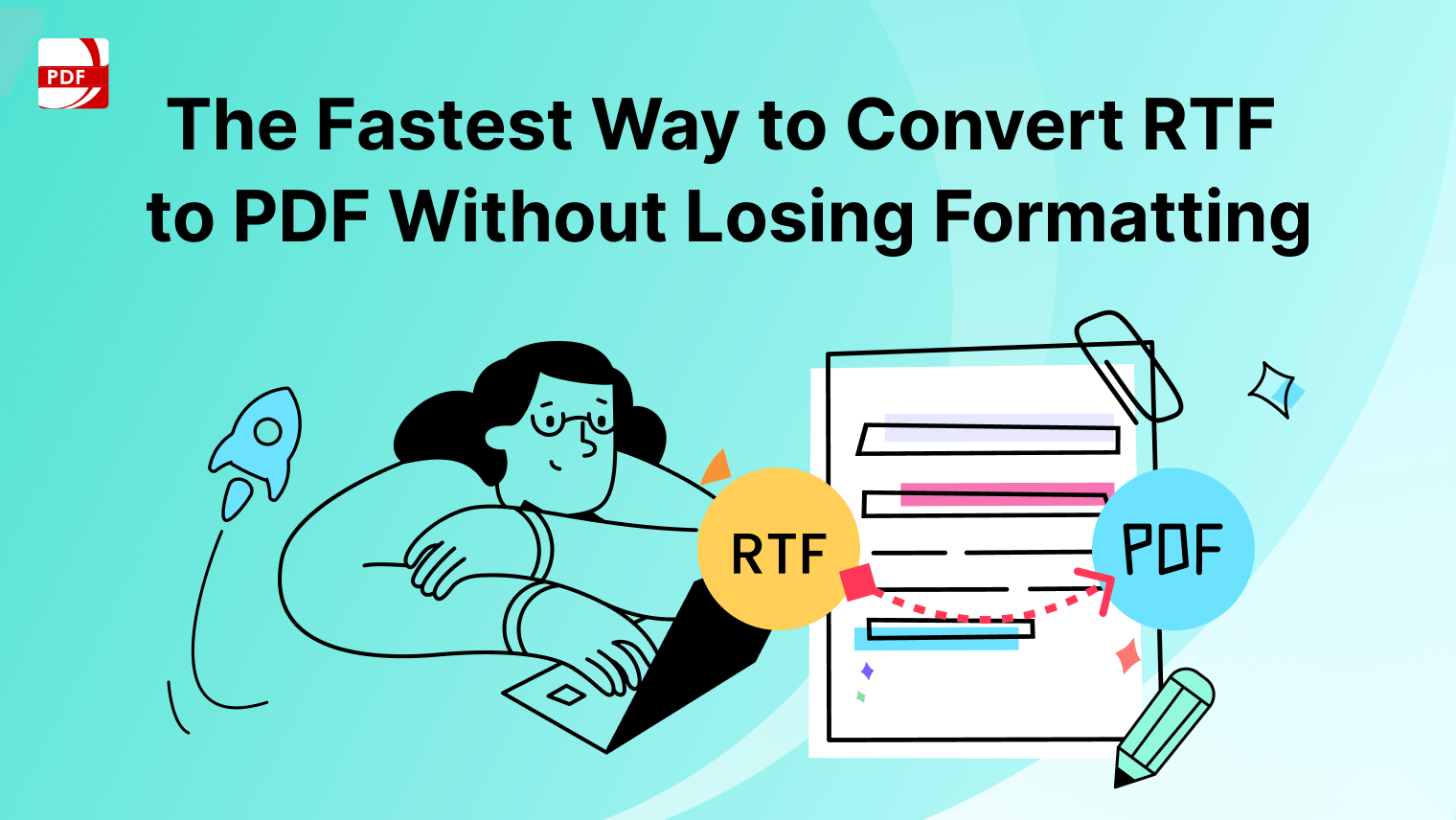While the Kindle is optimized for its proprietary formats, such as MOBI and AZW, users often find themselves wanting to import PDFs into their Kindle libraries. Whether it's a research paper, a document, or a novel in PDF format, the process involves a few steps to ensure compatibility and an optimal reading experience.
Check out our list of the best sites to download free PDF books for more information about e-publications.
How to Import PDFs to Kindle eBooks
Follow one of these two methods to send your PDF file format to your Kindle device through your personal email address or through a USB connection. 
Image Source: Amazon Kindle
Method 1: Send to Kindle e-Reader via Email
Step 1: Find Your Kindle Email Address:
-
- Log in to your Amazon account and go to the "Manage Your Content and Devices" page.
- Under the "Settings" tab, find your Kindle's email address in the "Send-to-Kindle E-Mail Settings" section.
Step 2: Authorize Your Email:
Ensure that the email address you'll be sending the PDF from is authorized. Add it to the "Approved Personal Document E-mail List" in the "Settings" tab.
Step 3: Attach the PDF to an Email:
Compose a new email from the authorized email address.
Attach the PDF document to the email.
Step 4: Send the Email:
Send the email to your Kindle's email address. The subject and body of the email will be ignored.
Step 5: Check Your Kindle:
Connect your Kindle to the internet. The PDF should appear in your Kindle's library after a short delay.
Method 2: Use USB Cable
Step 1: Connect Your Kindle to Your Computer:
Use a USB cable to connect your Kindle to your computer via the USB port. Your Kindle will appear as a removable drive.
Step 2: Transfer the PDF to Your Kindle:
Copy and paste the PDF file directly into the "Documents" folder on your Kindle.
Step 3: Safely Eject Your Kindle:
Safely eject your Kindle from your computer.
Step 4: Check Your Kindle:
Disconnect the USB cable, and the PDF should now be visible in your Kindle's library.
For guidance on creating educational materials, you can also check our resume resource on How to Create a Printable Book Report Template.
How to Activate Text-to-Speech on Windows
Follow our step by step guide to use the speech converter on your PDF reader with the Windows operating system.
Step 1: Open Your PDF File
To begin, either click on the "Open File" button or simply drag and drop your PDF file into the designated area of the application.

Image Source: PDF Reader Pro
Step 2: Open the Reading Page
Navigate to the Text-to-Speech (TTS) tool located in the left sidebar, which will prompt a pop-up window to appear.

Image Source: PDF Reader Pro
Step 3: Select Options on Speech Reader
In this step, you can customize your listening experience. Adjust the speech speed, choose from the available voices, and set up continuous playback according to your preference.

Image Source: PDF Reader Pro
How to Activate Text-to-Speech on Mac
Text to Speech (TTS) is also a vital feature for Mac users. Check out our guide below.
Step 1: Open Your PDF File
For Mac users, either drag and drop the PDF file into the reader or use the "Open File" option to upload your document.

Image Source: PDF Reader Pro
Step 2: Highlight Text to Play
Right-click on the text you wish to hear read aloud and select the TTS tool from the context menu.

Image Source: PDF Reader Pro
Step 3: Play Using the PDF Audio Reader
This final step allows you to tailor your auditory experience. Select from various voice options to find the one that suits you best, and adjust the reading speed to your liking.

Image Source: PDF Reader Pro

Best Practice for Integrating Kindle and PDF
Integrating Kindle with PDFs can enhance your digital reading experience, allowing you to access a broader range of content on your Kindle device or app. Follow these best practices to ensure a seamless integration:
1. Convert PDFs to Kindle-Compatible Formats: Use conversion tools like Calibre to convert PDFs to Kindle-friendly formats such as MOBI or AZW. This improves formatting and ensures a better reading experience.
2. Optimize PDFs for Kindle: Before conversion, optimize PDFs for Kindle by adjusting font sizes, margins, and removing unnecessary images. This helps in maintaining readability on smaller Kindle screens.
3. Leverage Kindle Apps on Tablets and Phones: Consider using the Kindle app on tablets or smartphones for reading PDFs. These devices often provide better support for PDFs, preserving formatting and enhancing features.
4. Email PDFs to Your Kindle: Utilize the "Send to Kindle" service by emailing PDFs as attachments to your Kindle's email address. Ensure your sending email is authorized in Kindle settings for seamless delivery.
5. Organize Your Kindle Library: Keep your Kindle library organized by creating folders or collections. This helps in efficiently managing and accessing your PDFs alongside your other Kindle books.
6. Remove Passwords from PDFs: Kindle does not support password-protected PDFs. Remove passwords or convert PDFs to unprotected formats before importing to ensure compatibility.
7. Consider File Size: Be mindful of file sizes, especially for large PDFs. Kindle devices have file size limitations, and very large files may not display optimally. Optimize or break down large PDFs for better compatibility.
8. Sync Your Kindle Library: Ensure your Kindle library is synchronized across devices. This enables you to access your PDFs seamlessly on different Kindle devices or apps without manual transfers.
You can also check our recommendations for resources on How to Send PDFs to Kindle.

Importing PDFs to Kindle: FAQs
Have questions about importing your favorite books using online tools? Peruse our FAQ section to find all the answers in a couple of minutes.
Can I read PDFs directly on my Kindle device?
Yes, Kindle devices support PDFs, but the formatting may not always be optimal. Consider converting PDFs to Kindle-friendly formats for a better reading experience.
What's the best way to convert PDFs for Kindle?
Use conversion tools like Calibre to convert PDFs to MOBI or AZW formats. This ensures compatibility and better formatting on Kindle devices.
Can I email PDFs to my Kindle?
Yes, you can. Use the "Send to Kindle" service by emailing the PDF as an attachment to your Kindle's email address. Ensure the sending email is authorized in your Kindle settings.
Why are some features not working in PDFs on my Kindle?
Kindle devices are optimized for their native formats. Some features like text-to-speech may not work well with PDFs. Converting PDFs to Kindle formats may address these issues.
Are there limitations to importing PDFs to Kindle?
PDFs may not display perfectly due to the differences in formatting. Kindle apps on tablets or phones may offer a better PDF reading experience than dedicated Kindle devices.
Can I import password-protected PDFs to Kindle?
No, Kindle does not support password-protected PDFs. Remove the password or convert the PDF to an unprotected format before importing.
Is there a file size limit for PDFs on Kindle?
Kindle has a file size limit for documents, and very large PDFs may not work well. Consider optimizing or breaking down large PDFs for better compatibility.
Do I need an internet connection to import PDFs via email?
Yes, an internet connection is required for the "Send to Kindle" service to deliver the emailed PDF to your Kindle device.
Can I import PDFs to the Kindle app on my tablet or phone?
Yes, the Kindle app on tablets or phones often handles PDFs more effectively. You can use the same methods mentioned for Kindle devices to import PDFs to the app.
Are there any restrictions on the types of PDFs I can import to Kindle?
Kindle supports a wide range of PDF types, but complex or image-heavy PDFs may not display optimally. Experiment with different conversion settings for better results.
Whether leveraging the simplicity of email delivery, the direct USB connection method, or utilizing conversion software, users can seamlessly integrate PDFs into their Kindle libraries. This flexibility ensures that a wealth of content, from academic articles to personal documents, can find a home within the Kindle's digital realm.









 Free Download
Free Download  Free Download
Free Download 





 Support Chat
Support Chat